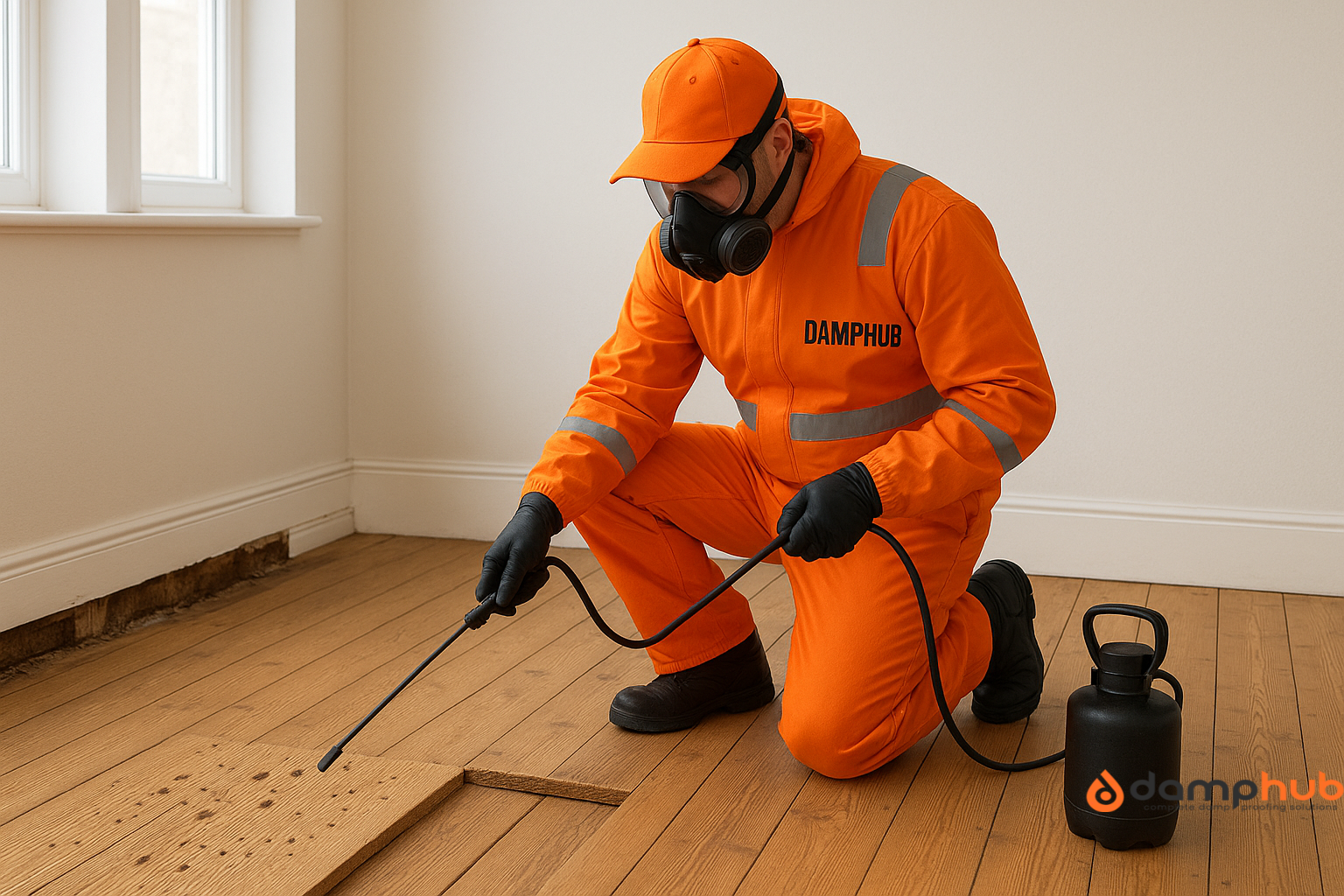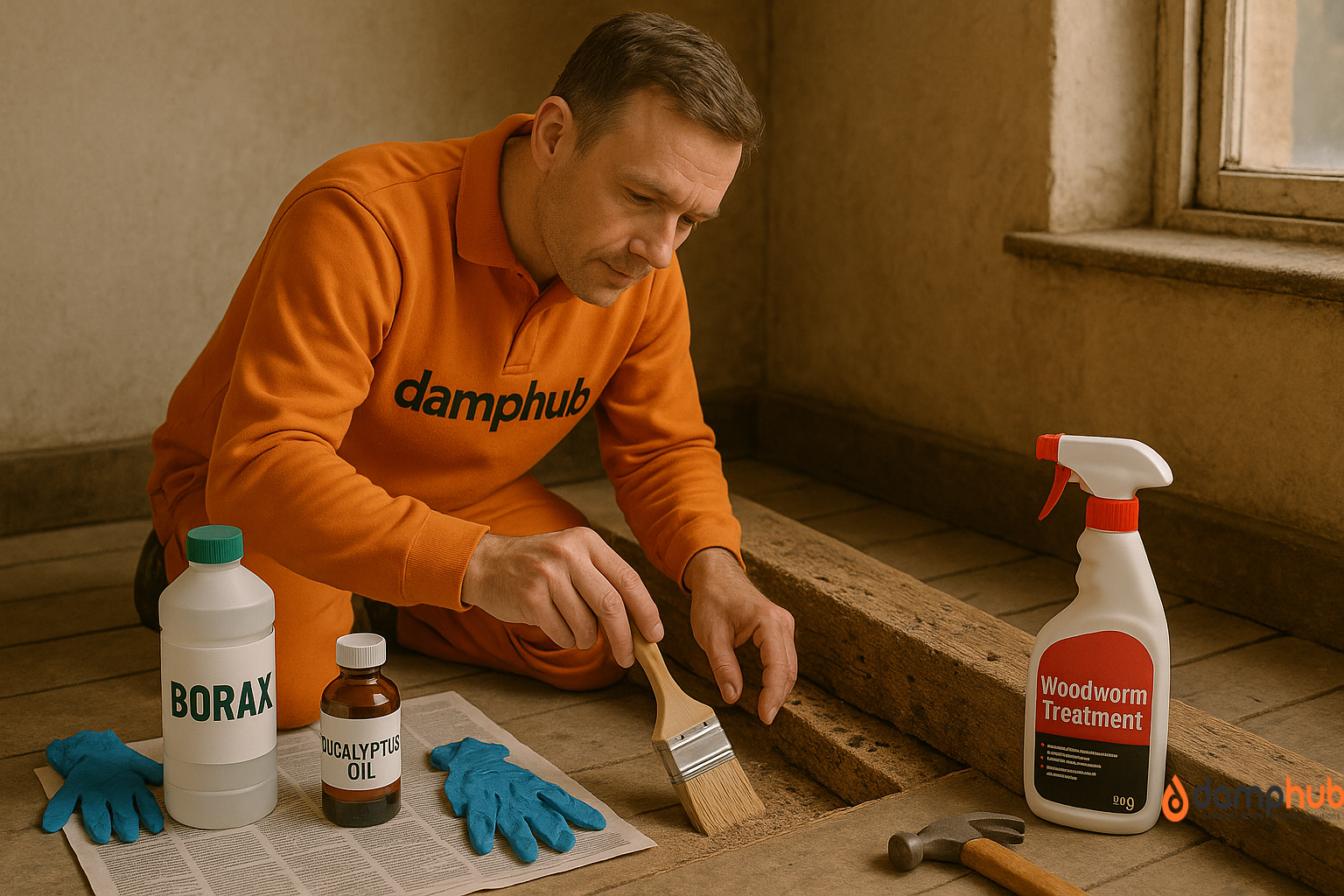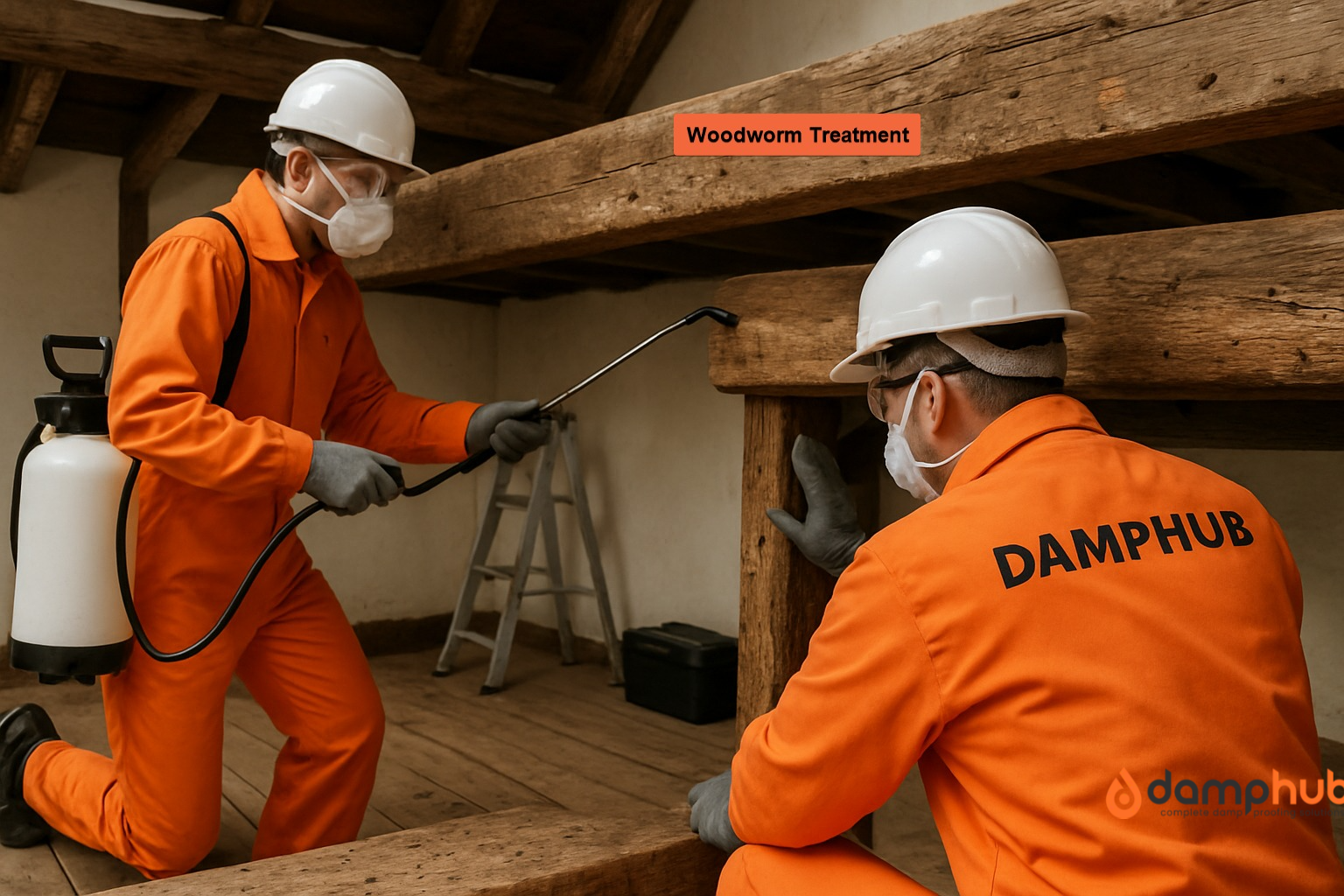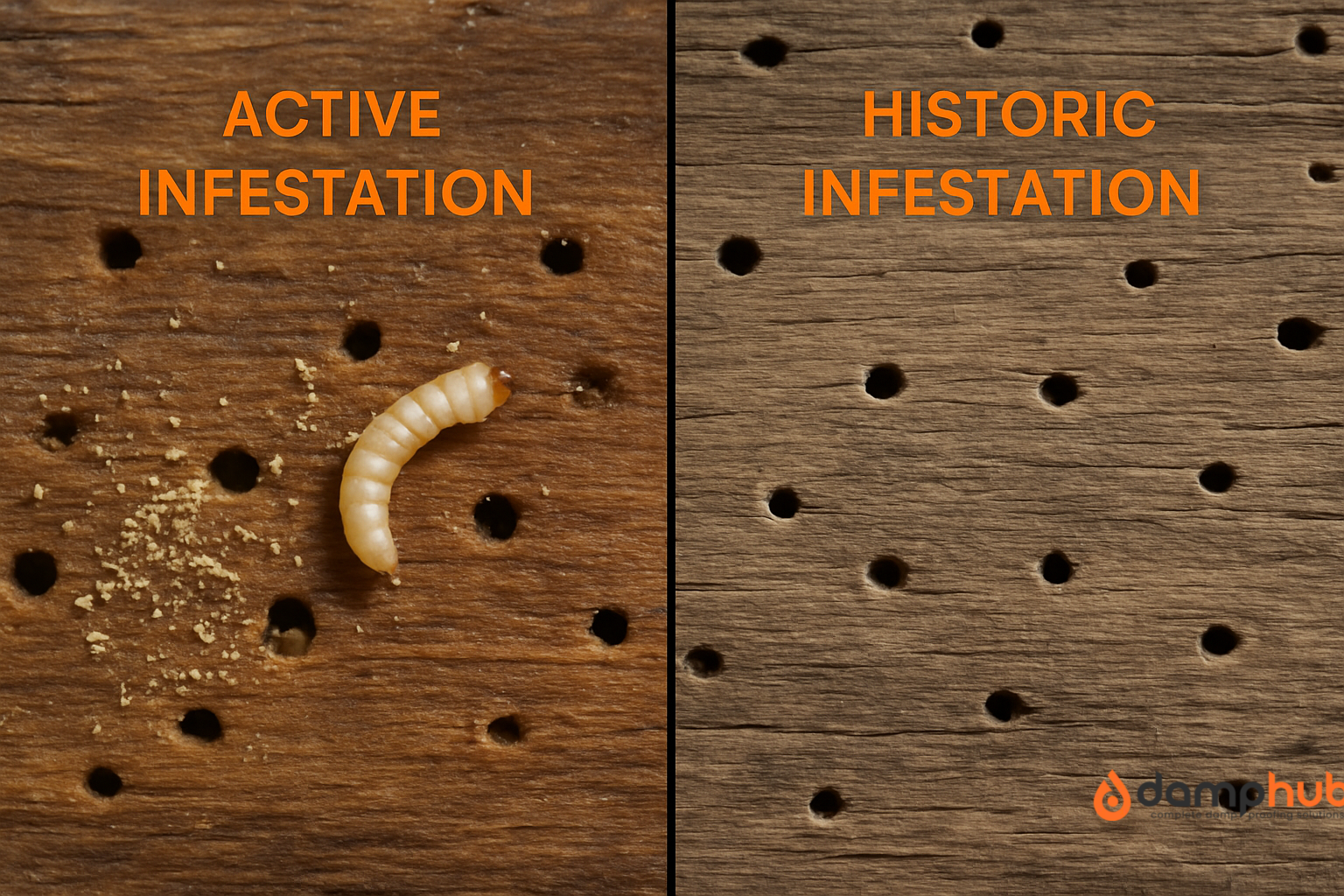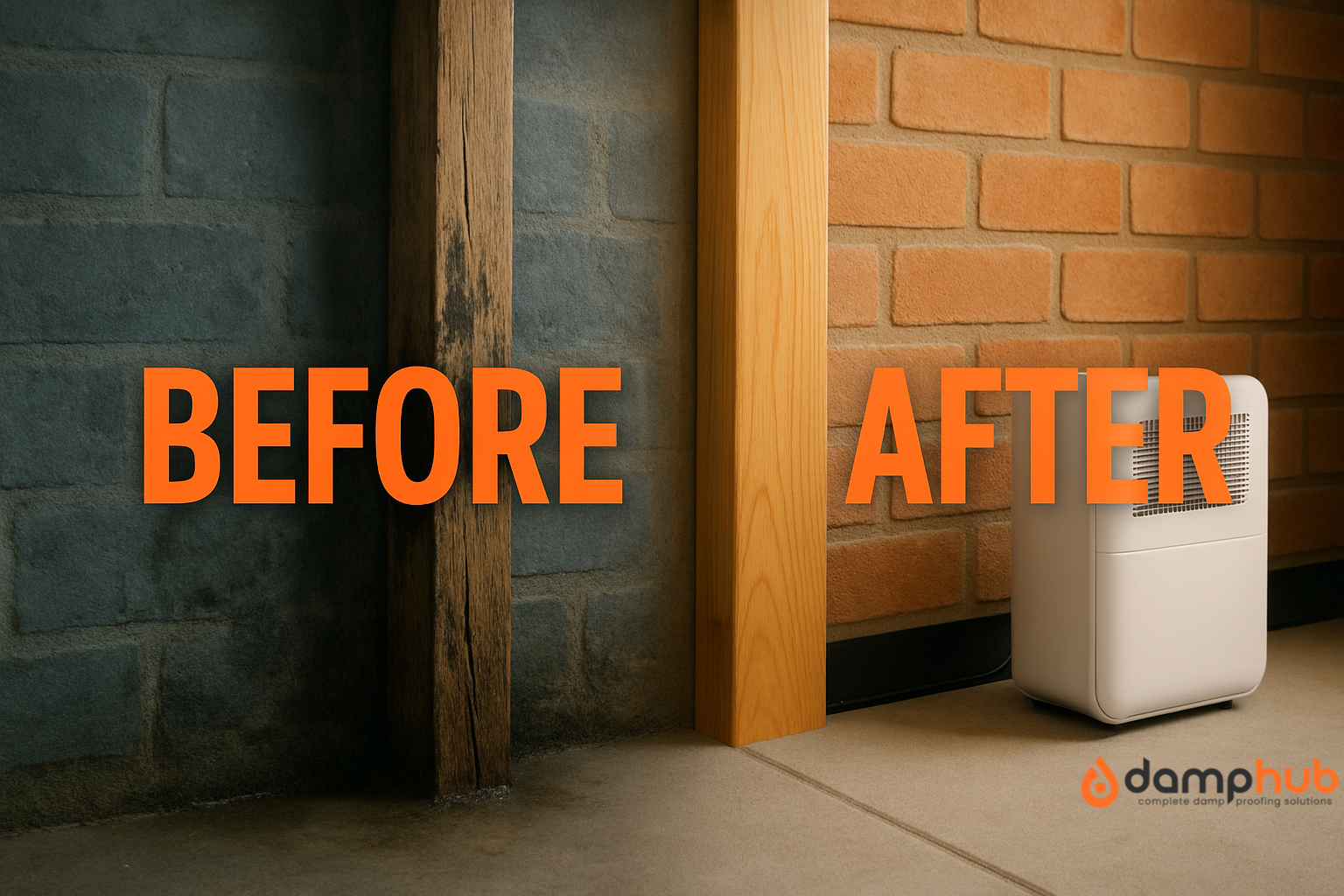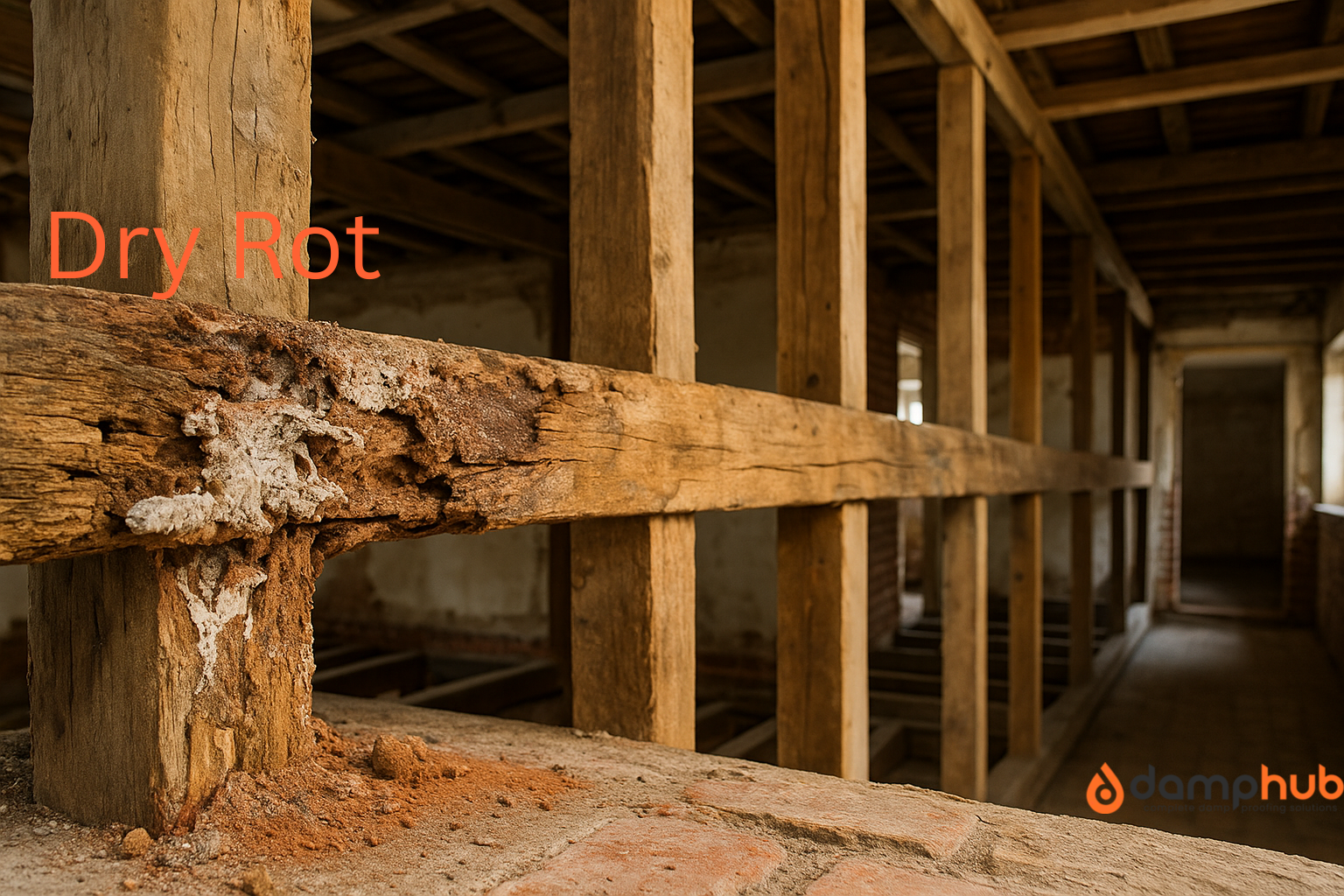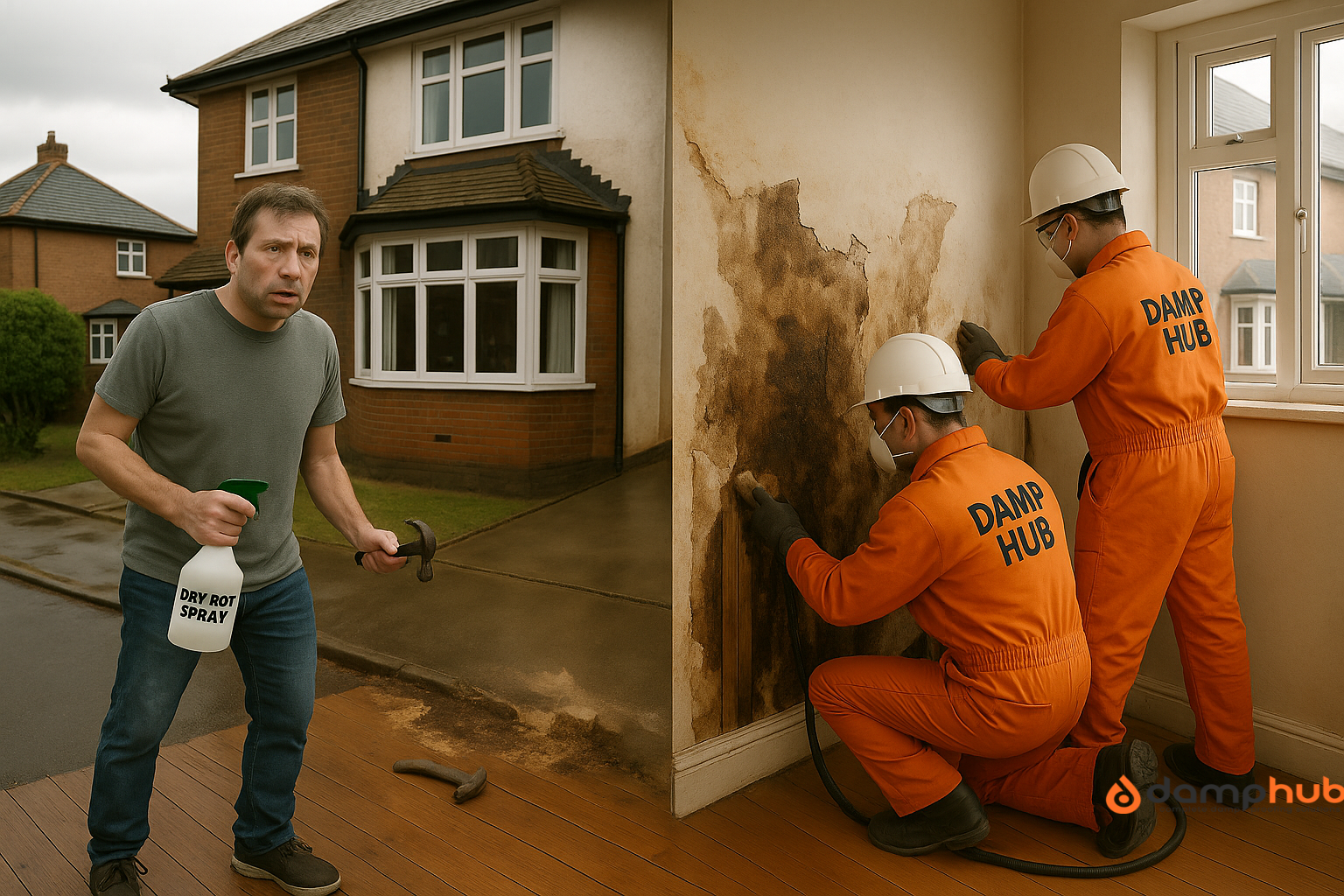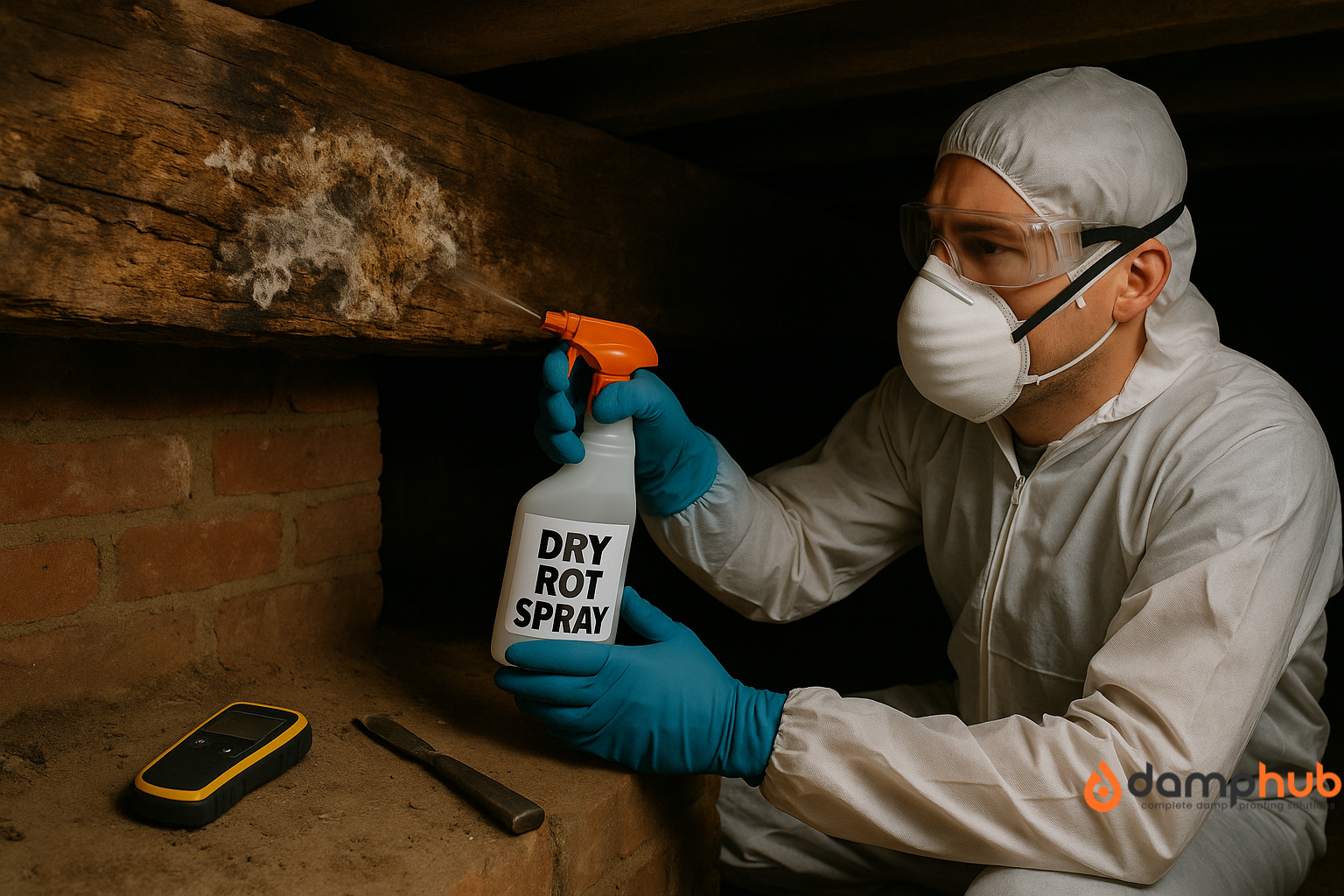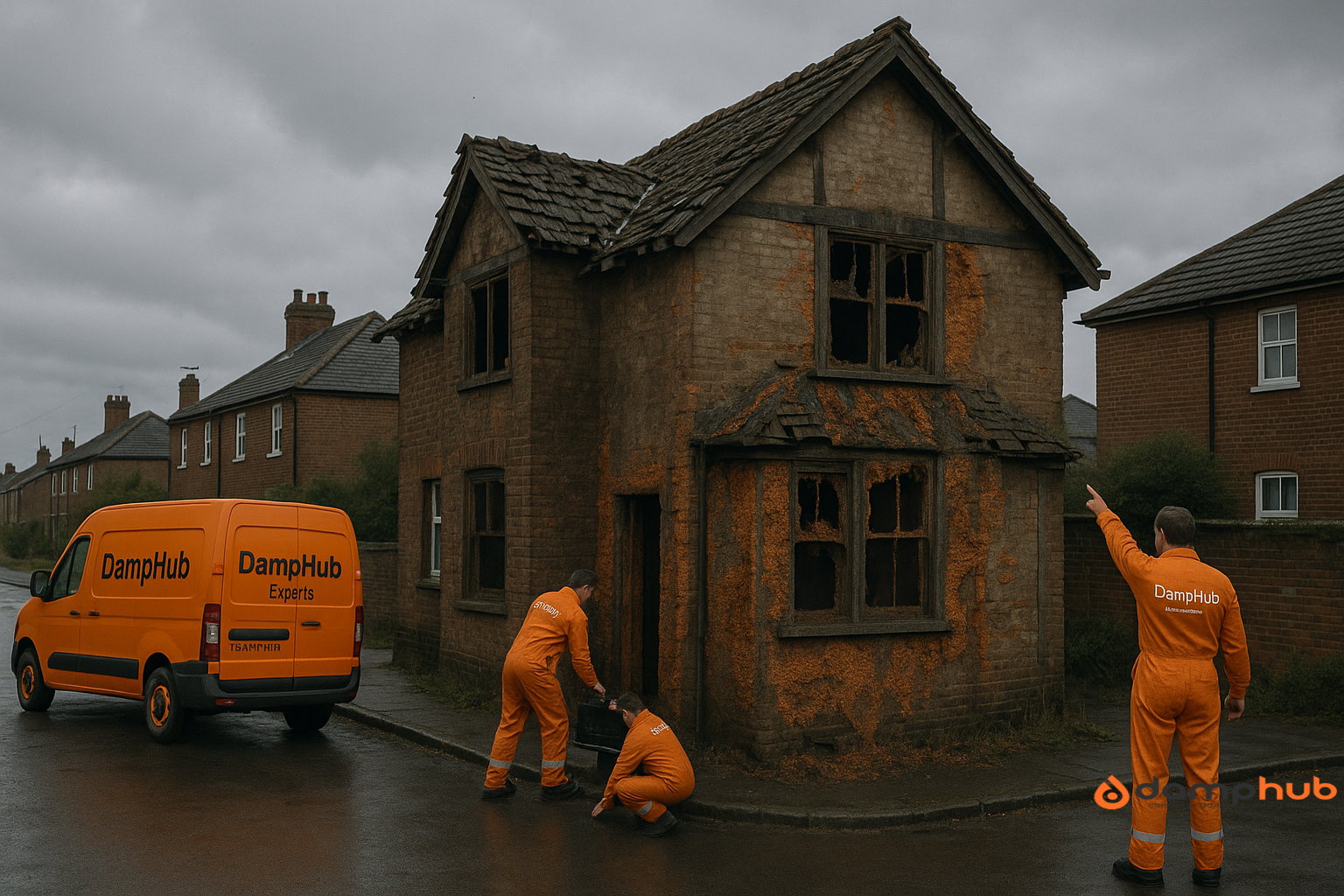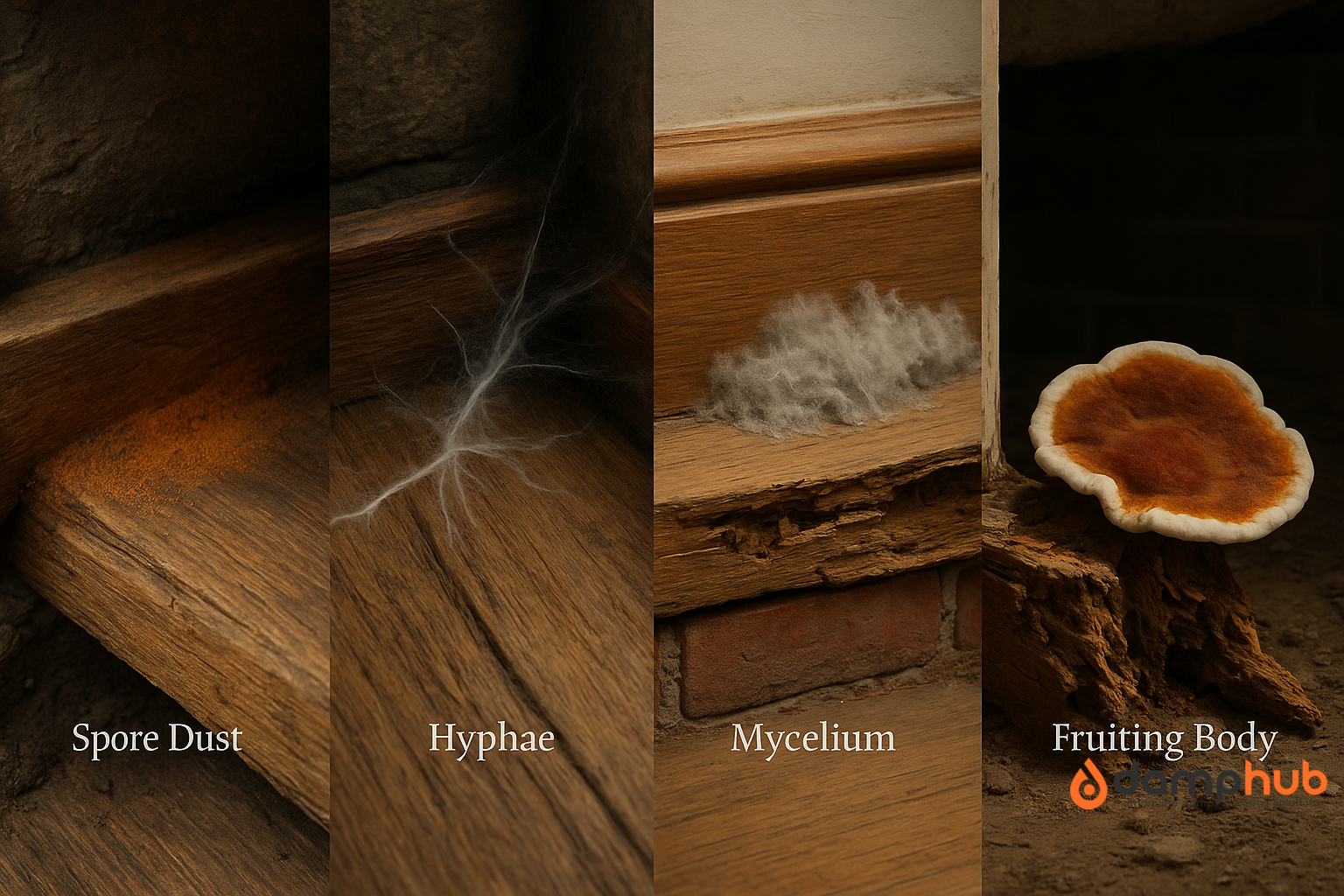How to Treat Woodworm in Floorboards
Woodworm in floorboards can be a nuisance in any home, and it often starts quietly. Unless you’re paying close attention, the infestation is easy to miss — but the damage? That can be far more obvious, and far more costly, if left unchecked. To help avoid unnecessary repairs, this guide covers how to spot, treat, and prevent woodworm in floorboards effectively.

